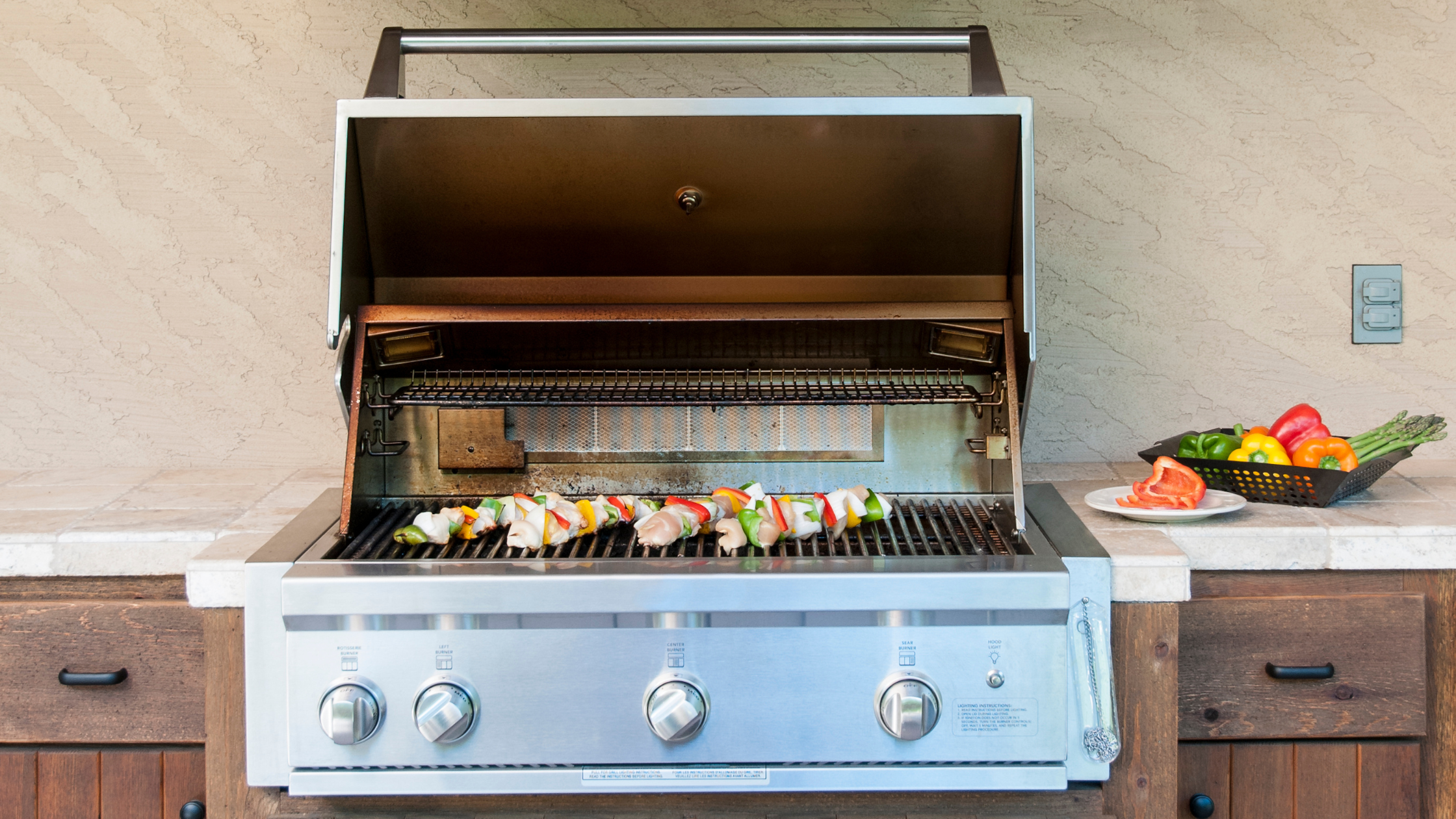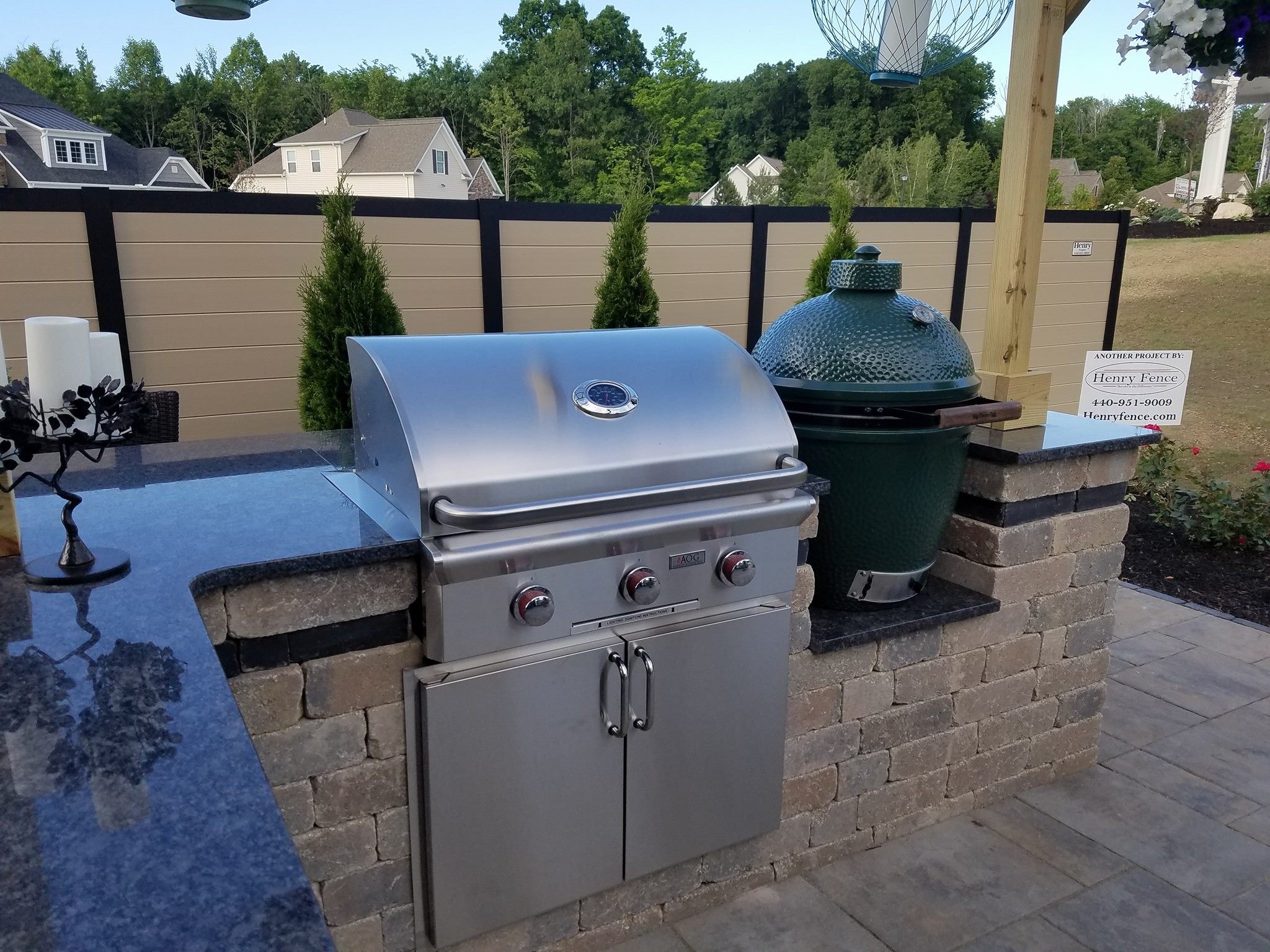Gas Fireplace Repair: Troubleshooting and Maintenance Tips
A gas fireplace can be a beautiful and efficient addition to your home, providing warmth and ambiance during the cold months. However, like any appliance, it may encounter issues over time. While some problems can be addressed with basic troubleshooting and maintenance, it's essential to emphasize that the safest and most effective solution often involves the expertise of a professional fireplace technician. In this guide, we'll explore common gas fireplace issues, offer troubleshooting tips, and stress the importance of professional repairs and maintenance.
Troubleshooting Common Gas Fireplace Issues
Pilot Light Won't Stay Lit:
Possible Cause: Thermocouple or thermopile issues, gas supply problems.
Troubleshooting Tip: Clean the pilot assembly. Check for loose connections.
Weak Flame or Incomplete Combustion:
Possible Cause: Clogged burner orifice, dirty logs, insufficient air.
Troubleshooting Tip: Have a technician clean the burner and orifice. Ensure proper ventilation.
No Ignition/No Flame:
Possible Cause: Igniter or control module failure, gas valve issues.
Troubleshooting Tip: Inspect and clean the igniter. Have a technician check for gas valve problems.
Unusual Odors:
Possible Cause: Dust, debris, or pet hair burning off.
Troubleshooting Tip: Regularly clean the burner and fireplace interior.
Pilot Light Is Yellow or Flickering:
Possible Cause: Poor air-to-fuel ratio, gas pressure problems.
Troubleshooting Tip: Adjust the air shutter. Have a technician check for gas pressure issues.
Unusual Sounds:
Possible Cause: Expansion and contraction of metal components.
Troubleshooting Tip: Monitor the sounds; consult a technician if they persist.
Remote Control or Wall Switch Malfunctions:
Possible Cause: Battery issues, remote signal interference.
Troubleshooting Tip: Replace remote batteries. Check for signal interference sources.
The Importance of Professional Fireplace Repair
While these troubleshooting tips can help address minor issues, it's crucial to recognize that gas fireplaces involve complex components and potential safety hazards. Here's why professional repair and maintenance are essential:
Safety First: Gas fireplaces can pose risks like gas leaks, carbon monoxide leaks, and fire hazards. A professional technician can identify and address these dangers, ensuring the safety of your home and family.
Preserving Efficiency: A well-maintained gas fireplace operates efficiently, providing consistent heat and reducing energy waste. Professional cleaning and calibration help maintain this efficiency.
Extending Lifespan: Regular maintenance and timely repairs can significantly extend the lifespan of your gas fireplace. Neglecting minor issues can lead to more extensive and costly problems down the line.
Manufacturer's Warranty: Many gas fireplace manufacturers require professional installation and regular maintenance to keep warranties valid. Skipping professional service could void your warranty.
Code Compliance: Gas fireplaces must meet local building codes and safety standards. Professional technicians are well-versed in these regulations, ensuring your fireplace is compliant.
Specialized Knowledge: Gas fireplace technicians have the training and expertise to diagnose and repair complex issues accurately. They can also recommend upgrades or replacements when necessary.
Peace of Mind: Knowing that your gas fireplace has been professionally serviced provides peace of mind. You can enjoy its warmth and beauty without worrying about safety or performance issues.
Professional Gas Fireplace Maintenance
Aside from repairs, regular maintenance by a professional technician is essential. Here are some tasks they typically perform:
Cleaning: Technicians clean the burner, logs, and interior components, removing dust, debris, and soot buildup.
Inspection: They inspect the gas valve, thermocouple, thermopile, and other critical components for wear, damage, or malfunction.
Calibration: Technicians ensure that the gas pressure, air-to-fuel ratio, and ignition systems are correctly calibrated for optimal performance.
Ventilation Check: They examine the venting system for obstructions, leaks, or damage, ensuring that harmful gases are safely vented outside.
Safety Check: Technicians perform safety checks for gas leaks, carbon monoxide emissions, and ignition system integrity.
Recommendations: If any components are nearing the end of their lifespan or if there are safety concerns, technicians can recommend necessary repairs or replacements.
In conclusion, while basic troubleshooting and maintenance can address minor gas fireplace issues, professional repair and maintenance are paramount for safety, efficiency, and longevity. Regular service by a qualified technician ensures that your gas fireplace operates optimally, providing comfort and peace of mind during the colder months. Don't compromise on safety and performance—trust the experts to keep your gas fireplace in top condition.








